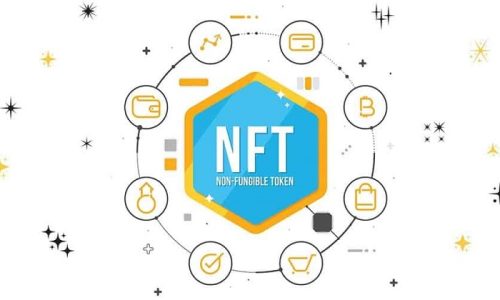
A Study Of Demand Forecasting in Supply Chains:
Introduction:
Today, demand forecasting in supply chain is an evolving business process. This helps manufacturers and retailers to accurately determine purchasing trends and customer demands. Without having an evident ability to forecast sales, supply chains will struggle to stay ahead of orders, fulfilment, and of course, create inefficiencies that lead to significant gaps in the chain. Demand forecasting, is relatively new and more of a systematic process that helps in anticipating consumer demand, and is a solution for many supply chain network problems.
This process particularly permits retailers, manufacturers, and suppliers to forecast inventory levels better, by ensuring no run dry or over supply on products during consumer-inspired shifts. In this piece of content we would explore few reasons why leading supply chain and logistic professionals are opting for demand planning and forecasting software solutions more than ever.
Demand planning is the new normal:
A supply chain management process of predicting, forecasting, and demand for delivery of products to ensure customers satisfaction is demand planning. The ultimate goal is to balance sufficient inventory levels so that customer needs are met without any surplus. The plethora of factors can influence demand, which might include economic shifts, labour force changes, severe weather, global crisis events, or even natural disasters.
The three primary aspects of demand planning areas are:
- Product Portfolio Management
- Statistical Forecasting
- Trade Promotion Management
Importance of demand forecasting methods:
When a product isn’t available for customers to purchase because it’s out of stock, businesses often end up with losing out on revenue, and with time they could eventually lose customer to a competitor. On the contrary an unused inventory incurs both production and space costs unnecessarily. With planning in demand, business leaders can choose to stay in front of market shifts by making more proactive decisions while being more responsive to their customers needs at the end of the day.
Best practices for demand forecasting in supply chain:
A multi-step process, that depends on the incorporation of right tools, techniques and information is demand planning. Unique nuances in the process is common, based on inventory needs, product positioning, and organizational goals, but few practices to keep in mind are:
- Implement the Right Software
- Gather and Prepare Data
- Define Process Models
- Implement and Monitor
The Future of Demand Planning in the Supply Chain:
Advances in machine learning applications within the supply chain make it possible to adapt and update forecasts in real-time, allowing inventory to run leaner without missing the mark on demand. FA better-connected supply chain means demand planning can be conducted even more at the moment. When implemented well, demand planning can be a crucial process in boosting a supply chain’s profitability. Or supply chain professionals, understanding how to use digital enterprise architectures and implementing artificial intelligence and machine learning programs that can help optimize a lean, agile, and data-driven approach will reveal new ways to cut costs in operations, boost revenue and offer a more significant competitive edge.
Six types of demand forecasting:
The forecast may differ and is completely based on the forecasting model. One of the best thing to do is have multiple demand forecasts. This will eventually give a detailed picture of future sales. Incorporating more than one forecasting model highlights different predictions. These differences can ultimately point to a need of more research or better data inputs over time.
- Passive demand forecasting
- Active demand forecasting
- Short-term projections or long-term demand forecasting.
- Long-term projections
- External macro forecasting
- Internal business forecasting
Top demand forecasting methods are:
1. Trend projection
2. Market research
3. Salesforce composite
4. Delphi method
5. Econometric
Reasons behind demand forecasting benefits in the logistics or supply chain management:
The simple concept is more information one has better it is. Demand forecasting furthermore allows a company to plan revise pricing, raw material retention, allocation of resources, manufacturing followed by expedite fulfillment based on multiple variables.
Try to reduce out of stock scenarios:
When you can customize your customer shopping forecasting solutions based on anticipated increases in volume shopping, manufacturing, retention of supplies, and expedited fulfillment can be implemented seamlessly.
Decrease on-hand inventory:
The common myth is best way to reduce out-of-stock problems is to have overstock. However, this isn’t feasible in today’s retail world. Inventory leads to additional space required for warehousing, along with more payroll for controlling that inventory, and increased capital spending or equity means maintaining too much inventory is not absolutely no longer practical.
Better customer service
The most essential component of demand forecasting is to improve customer service. One big no no is out-of-stock situations. Consumers these days strictly don’t accept this. It is quite obvious when they expect things to be available and if is not with the company, replacing or getting another source is very easy. The best part is they can be relied upon for having customer’s need when supply is low elsewhere..
Conclusion:
With proper demand of forecasting, business performance can be improved, which can further result in numerous benefits. Whether reducing prices or keeping customers happy, today demand forecasting is an integral aspect of supply chain management, helping companies to complete orders on time by avoiding unnecessary inventory expenses followed by arrange the ultimate price fluctuations.



